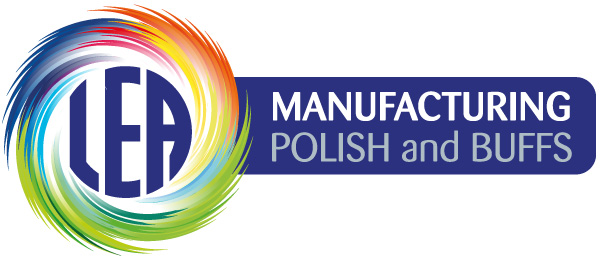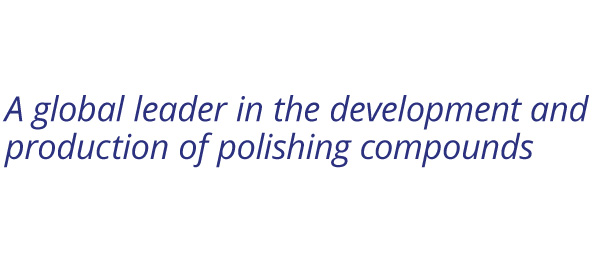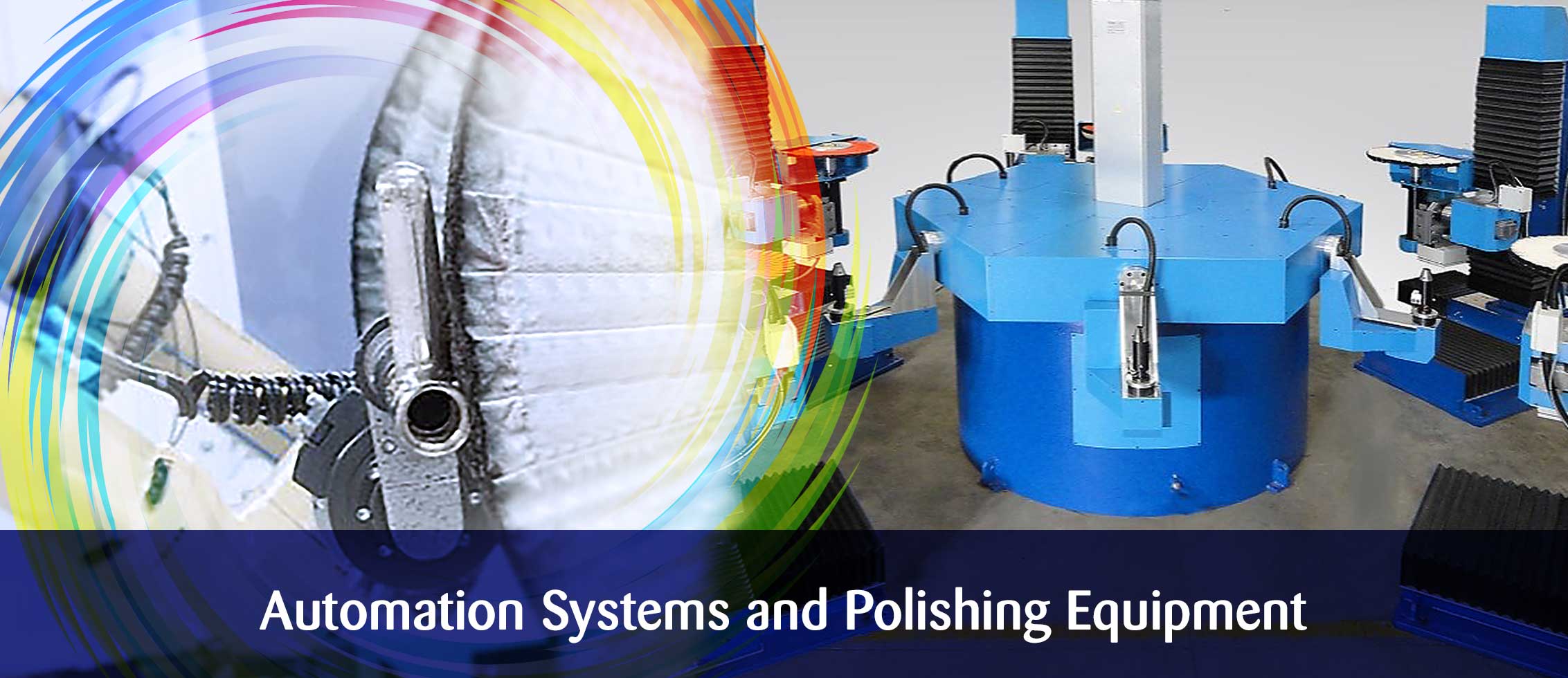Automation Systems and Polishing Equipment
The most appropriate automation system and polishing equipment should be used to get the most reliable and cost effective system.
Other advantages of moving to automation include safety and factory environment issues, skill shortages, capacity issues, cycle time pressures.
Through our years of experience of the total finishing process and through our partnerships with selected manufacturers of specialist equipment, we can provide the most appropriate technology for our clients.
We look at various factors including the material, the part, the starting condition, the finish required, functionality, volume and work out the best ways of achieving the required cycle time.
Our experience ranges from high precision high volume work on CNC machines, intricate profile repetition on robots, through to flexible drive and pedestal polishers used with hand polishing.
Whatever equipment choice is best we work with the companies at the forefront of design and technology for that system.
Application of polishing compound can be manual or automated. We work with the top companies providing efficient and calibrated automated polishing compound feeds in both pastes and bars.
If you would like to know more about our Automation Systems and Polishing Equipment, please contact us >




